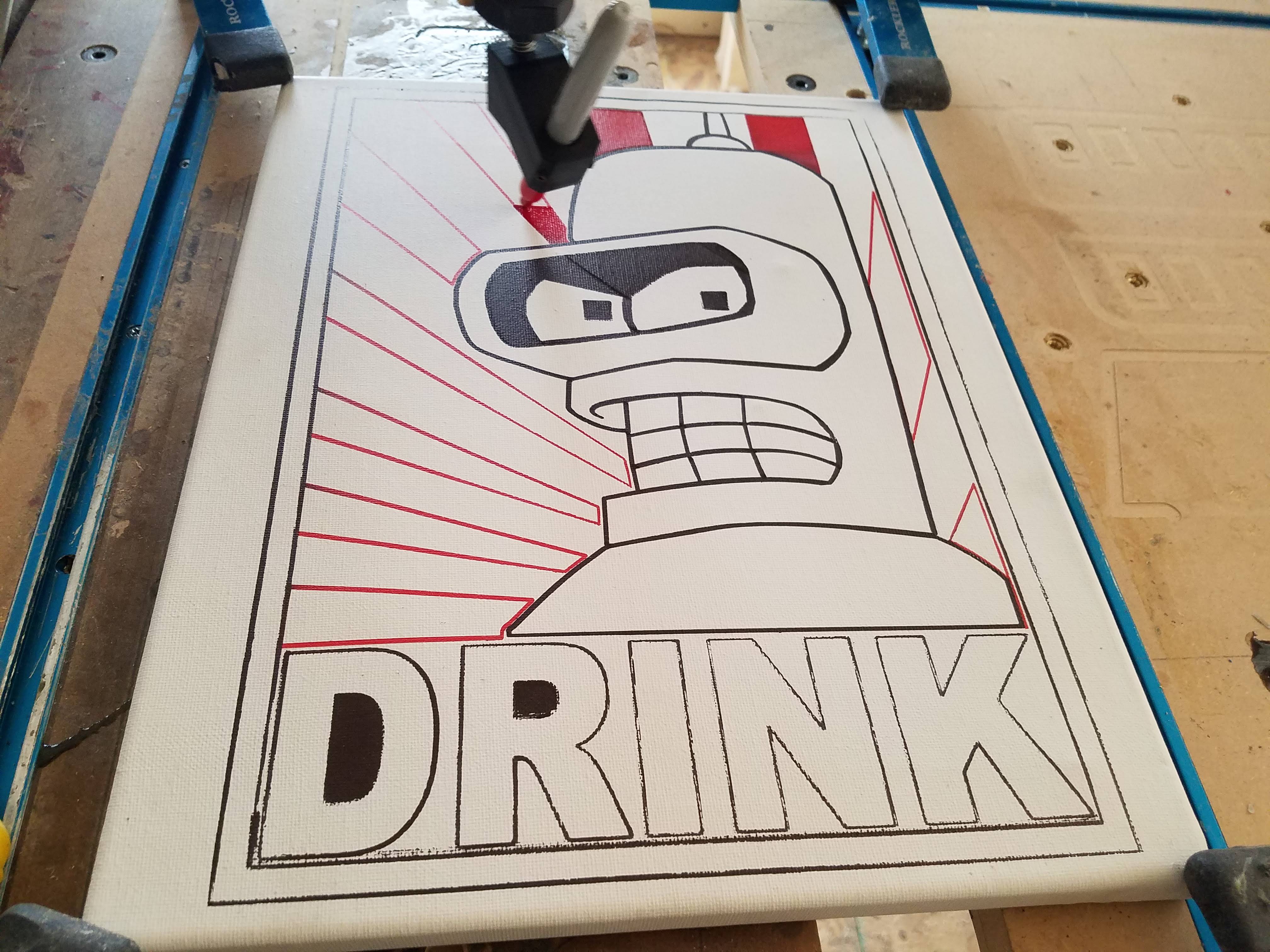How feasible would it be to add options to toolpath control... specifically in relation to feed rate.
Here's scenario A: you're on the last pass of toolpath (profiling, pocketing, any operation really) and you'd like to automatically have the feed rate change to certain percentage of the initial rate. This would be either a last pass option, or better, an option based on thickness of the stock (percentage or actual dimension).
Scenario B: feed rate is modified based on zones. Picture an archery target with it's concentric circles, and each annulus would potentially modify the feed rate.



